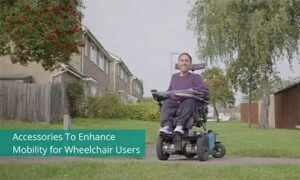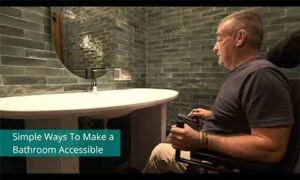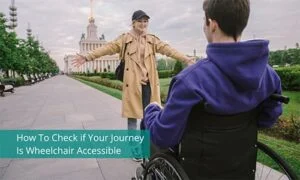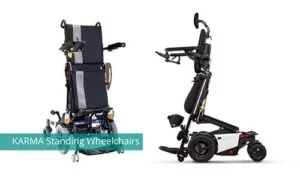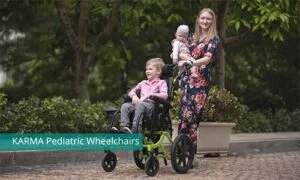- Sit up in bed
- Out of bed and sit
- Stand
- Action and Assistive Devices
- Self-care and Assistive Devices
- Regain Independence
These are the 6 steps that we can take to help our elderly relatives regain independence and stay out of bed longer. Research shows that if our elderly relatives stay in bed for too long, they’re more likely to suffer from constipation, loss of bone density, bed sores, lower limb swelling… the list goes on. These symptoms are made worse in the elderly that don’t make the effort to get out of bed regularly.
It’s not only physiological diseases. Spending the majority of your time lying down can also lead to mental illnesses like depression, anxiety, low self esteem which are just a knock on effect to being lonely and becoming a recluse from society.
It’s never too late to encourage our elderly relatives to start the journey to independence!
Helping the Elderly From Lying to Sitting up in Bed
Sitting up will strengthen the user’s trunk as well as encourage better blood circulation. In the beginning, if it is not possible for the user to sit up (as demonstrated below), then an electric bed is a good compromise, as it will also save some effort of the caregiver. Reclining and tilting wheelchairs are also good options.
If an elderly user has been lying down for too long and suddenly sits up, they can experience dizziness or a sudden drop in blood pressure. If they look pale or their blood pressure drops, don’t force them to sit up too fast.
Getting the Elderly Out of Bed and Sitting Up
Once the elderly users get used to sitting up in bed, you can encourage them to get out of bed. Sitting out of bed will allow them to participate in daily life activities like family dinners. Occasionally using a lightweight wheelchair will further increase the user’s mobility and help them be more social.
The best way to get the elderly out of bed and sitting up:
- From the lying down position, raise the elderly’s knees.
- From here you can roll the user onto their side.
- Swing the user’s feet down from the bed.
- Lift the user up their shoulders and hips, rather than their neck.
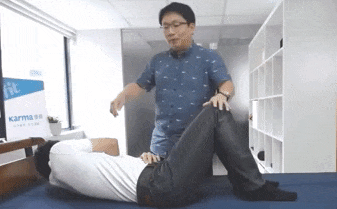
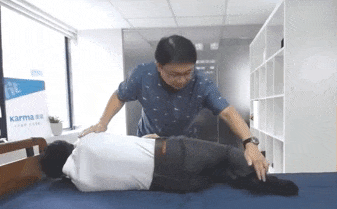
A non-strenuous way to help elders get out of bed. Source: Karma Medical Taiwan; Karma Academy
Getting Elderly User’s Standing After Sitting
When an elderly user starts to stand, they start to further strengthen their trunk and lower limbs as well as gain independence. To learn about all of the benefits of standing, you can read our blog; The Benefits of Standing Wheelchair Mobility. There is no one way to stand and should be done according to the user’s pace and abilities.
Lying to standing
If elderly users have not undergone standing rehabilitation then the excessive pressure on their knee joints from suddenly standing could be potentially dangerous. Standing gradually from a lying position is safer.
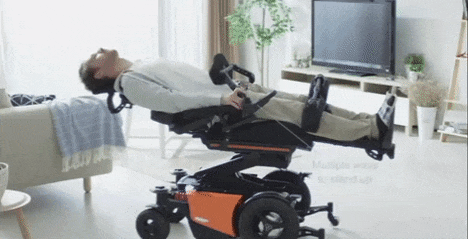
Sitting to standing
Elderly users can practice standing, for example, from a chair or out of bed. This way, the user trains the muscles used to stand and reduces the chance of injuries. Being able to stand well means:
- Being able to balance, have good coordination, and build muscle strength.
- Straightening out the knees and hips.
- Being able to shift the centre of gravity to adjust the pelvis to walk.
Using a shift belt can help get an elderly person from a sitting to standing position safely. A shift belt help can also prevent an elderly user from falling. In the next blog, we will learn how walking can help the elderly lead a more independent life.
Contact your local dealer to find out what Karma mobility devices are available to you.
Keep Reading

 Global
Global